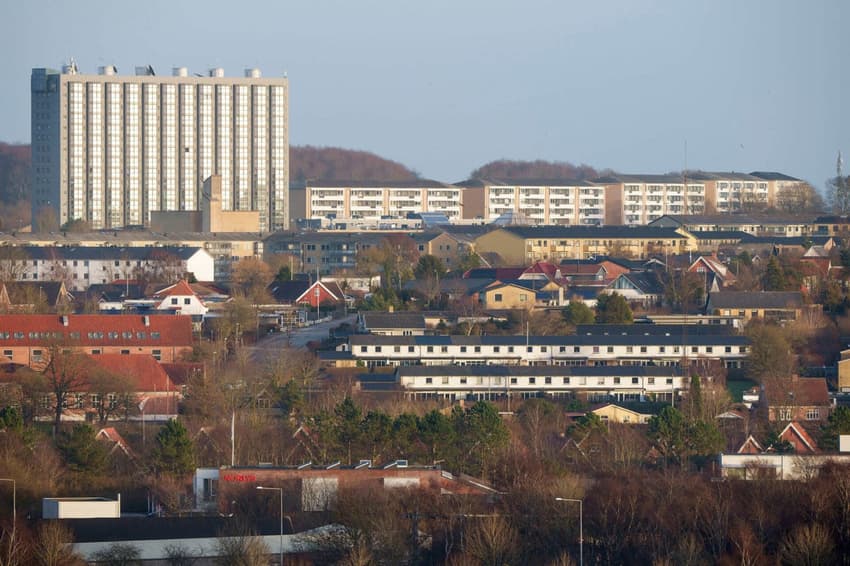Inequality in Denmark 'higher than ever before'

Inequality is at the highest level ever measured in Denmark, according to official data.
Figures released by Statistics Denmark on Thursday show that the country’s Gini coefficient is over 30 for the first time since records began in 1997.
The Gini coefficient is a measure used to represent income or wealth inequality within a nation or a defined social group.
Denmark’s government has a declared target of reducing inequality in society, but that does not appear to have impacted the coefficient.
The figure increased from 29.7 in 2020 to 30.2 in 2021, according to Statistics Denmark.
The trend can be put down to an increase in personal fortunes, which increased the measure by 0.4 points in isolation.
Extraordinary growth on the Danish stock market in early 2021 is an additional factor in this.
According to the principles behind the coefficient, its value would be 0 if everyone in a society had the same income and 100 if one person received all incomes.
READ ALSO: Danish income figures show signs of falling inequality (2019)
Comments
See Also
Figures released by Statistics Denmark on Thursday show that the country’s Gini coefficient is over 30 for the first time since records began in 1997.
The Gini coefficient is a measure used to represent income or wealth inequality within a nation or a defined social group.
Denmark’s government has a declared target of reducing inequality in society, but that does not appear to have impacted the coefficient.
The figure increased from 29.7 in 2020 to 30.2 in 2021, according to Statistics Denmark.
The trend can be put down to an increase in personal fortunes, which increased the measure by 0.4 points in isolation.
Extraordinary growth on the Danish stock market in early 2021 is an additional factor in this.
According to the principles behind the coefficient, its value would be 0 if everyone in a society had the same income and 100 if one person received all incomes.
READ ALSO: Danish income figures show signs of falling inequality (2019)
Join the conversation in our comments section below. Share your own views and experience and if you have a question or suggestion for our journalists then email us at [email protected].
Please keep comments civil, constructive and on topic – and make sure to read our terms of use before getting involved.
Please log in here to leave a comment.